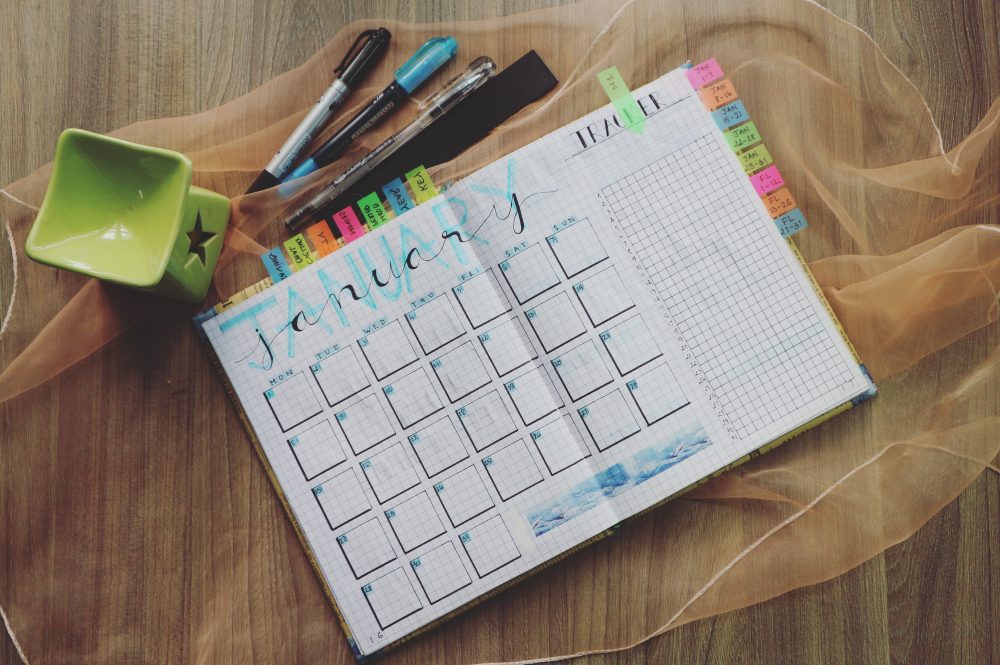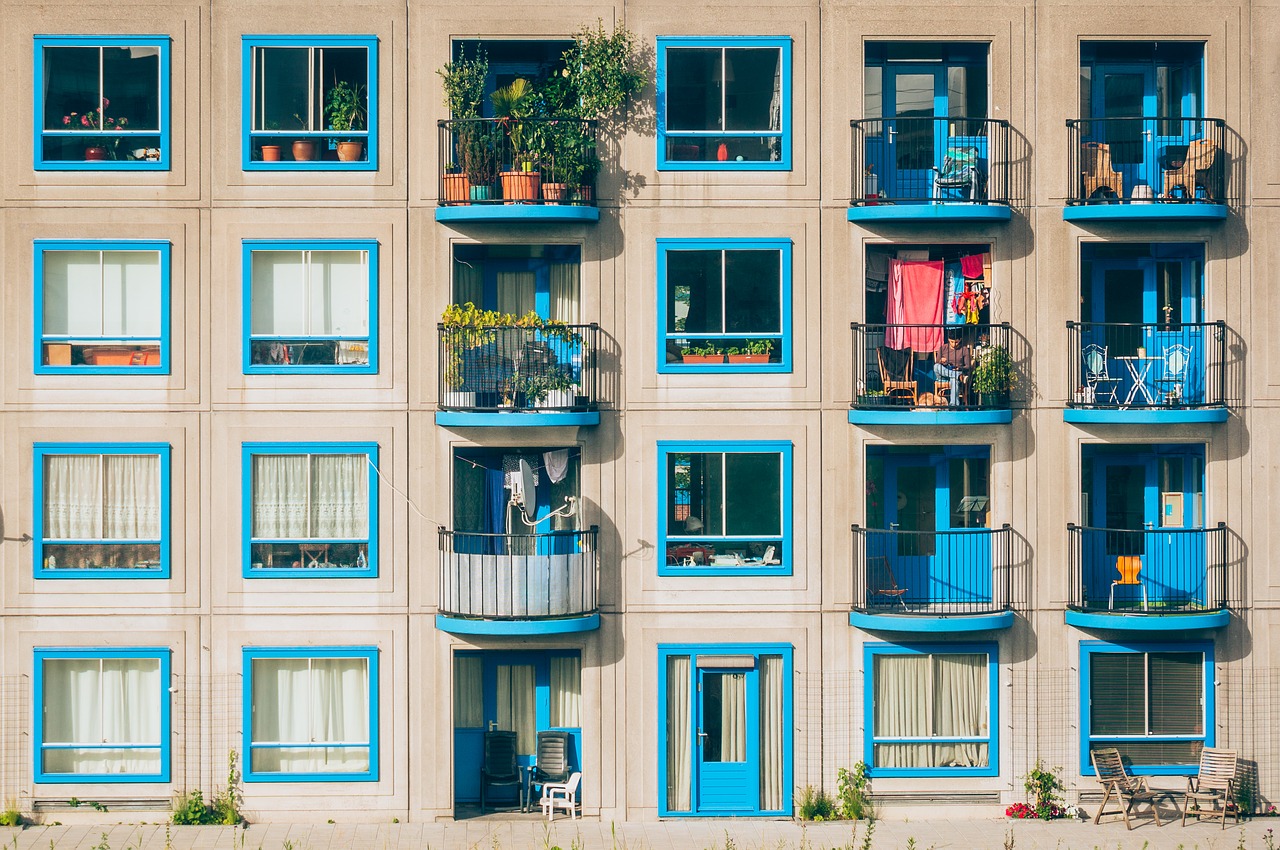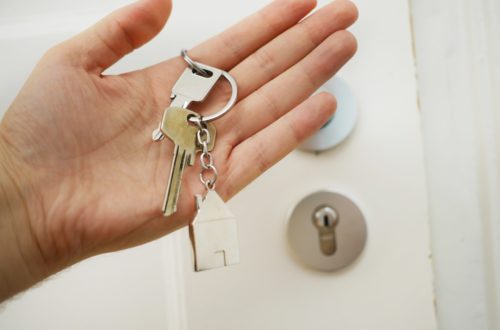Being a landlord can be difficult (it turns out Mr. Roper from Three’s Company wasn’t always grumpy for no reason). It can get rather hectic, especially if you’re dealing with multiple tenants.
One of the most frustrating parts of being a landlord is maintenance. This can be especially challenging if you don’t have the funds to hire a property manager and/or a maintenance service. If you’re not careful, before you know it, the property is falling apart due to putting off maintenance.
Regardless of whether you’re able to hire a maintenance service or not, it’s best to know the basics of bi-yearly maintenance so you can ensure everything is getting done to keep your property running as smoothly as possible. Check out this bi-yearly checklist to take the best care of your property:
Service the air systems (fall and spring)
Luckily, today it’s not as complicated as when Mr. Roper was managing tenants. Now, with software like Turbo Tenant, you can keep all of your tenant information in one place, and this helps a great deal with managing repairs for multiple units.
In the fall, it’s important to ensure that your tenants will have adequate heating through the winter and in the spring. The same is true for air conditioning. Replace all filters, ensure everything is working properly, and if there is a fireplace or wood stove, be sure to have the chimney swept before the winter to avoid fires.
Consider informing the tenant that they should replace the filter themselves in between your changing it at the turn of the seasons. Filters should be changed every three months.
Clean the gutters (fall and spring)
Cleaning gutters twice a year prevents damaging icicles from forming in the winter months. Plus, it enhances curb appeal in the spring by getting rid of the unsightly gunk left behind by winter storms.
Prepare pipes for winter (fall)
Shut down the sprinkler system and drain all the water out to prevent freezing and then potentially bursting pipes during the winter months. According to Home Advisor, burst pipes tend to cost anywhere from $1,000 to $4,000 to repair, depending on the extent of the repairs and water damage.
Patch holes, cracks, and check the weatherproofing (fall and spring)
This prevents pests from coming in and ensures a reasonable heating/cooling bill. That’s because desired air temperatures won’t be leaking out.
Check outdoor lighting, fences, and railings for stability (fall and spring)
This is especially important in the fall to ensure no one falls on the ice, but it’s best to always be double-checking that the outdoor lighting is working (and waterproof) to ensure safety. In the fall, check sidewalks for cracks and sinking to help avoid the ice and snow, creating a falling hazard.
In the spring, checking the fence and rails for damage from winter storms is a good idea to ensure curb appeal.
Check the plumbing for leaks (fall and spring)
Check the sinks, showers, and toilets for leaks to help prevent future water damage. Another way to do this is to touch up the caulk in the showers and tile floors. Also, flush the water heater to get rid of sediment buildup. Water heaters should be flushed at least once a year (twice if the water in the building is too hard).
Power wash (fall and spring, but especially spring)
Power washing the outside of the apartment building after a long winter gets rid of all the dirt and muck stuck to everything from the winter thaw. Be sure to clean sidewalks, decks, fences, and the outside of the building. It might be best to do this twice a year to ensure optimal cleanliness. Pick a warm and sunny day to power wash so everything dries well.
Test smoke alarms (fall and spring)
This seems like a small thing, but it’s best to double-check smoke alarms frequently to protect your rental property and to potentially save lives. According to the National Fire Protection Association, in 43 percent of the fires where smoke alarms did not activate, it was due to no batteries or disconnected batteries.





